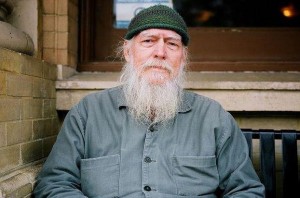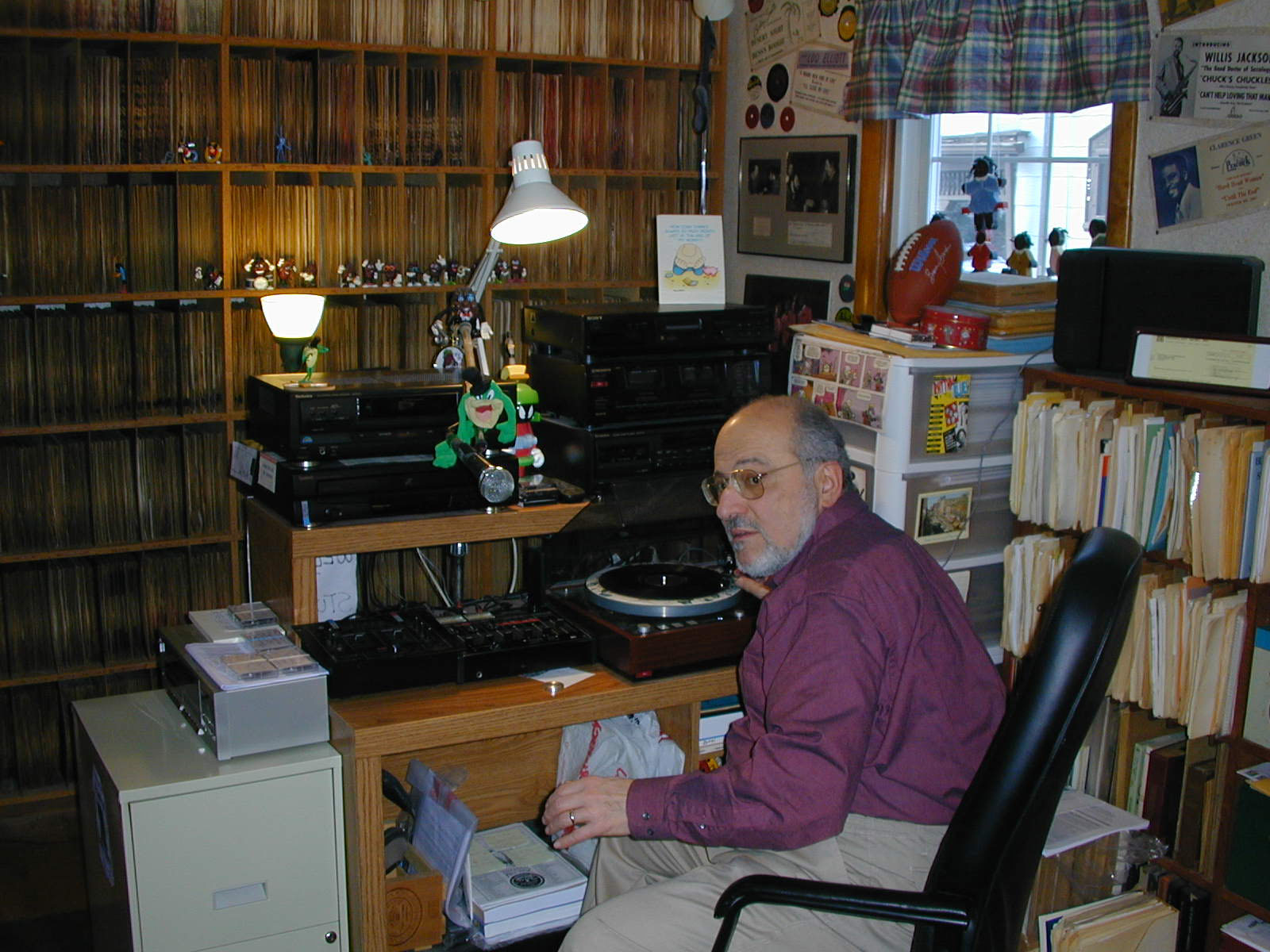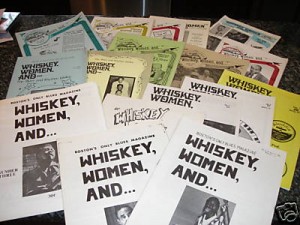John Bennett met Van Morrison at the Culloden Hotel in Belfast and asked him about his new album âBorn To Sing/No Plan Bâ – Blue Note Records/EMI).
Van, ‘Born To Sing/No Plan B’. That has been the working-title, as I understand it, right from the start of the album. Thatâs the one you have settled on. Itâs going out as that then?
Yeah, but I donât really want ‘No Plan B’ to be a distraction or a red herring. It seems that people have a lot of questions about that. There isnât really any question. ‘Born To Sing/No Plan B’. It is what it says it is. Thereâs no hidden meaning or anything. I donât know why people are always looking for hidden meanings or something else. It is what it says on the tin.
Elaborate on that a bit. How do you mean there is no plan B?
Well thatâs my profession. Singing is my profession. There is no plan B. Maybe there might be one later on? I donât know! There could be a plan B later but there isnât one right now.
You were born to sing, do I take that literally?
Yeah, well I think so.
Even from when you were going to school?
Well apparently before that. What they tell me is that I was singing in the pram. Thatâs what I was told.
At what age were you aware then that this was going to be your livelihood?
I wasnât really aware until I was looking at the Alan Lomax Folk Guitar book, do you know that one? I didnât really know until that point because I was trying to work out, you know, what Leadbelly was doing on a 12 string, on a 6 string, so I didnât really know until then because before then I wanted to be a vet.
A vet?
Yeah.
I donât know why I should feel that thatâs strange but given that you are now a singer, the two?…
(Interjects) Well they didnât think it was strange in school. When the teacher went around and said, ‘Well, what do you want to be when you leave school?’ and ‘What do you want to be?’ I said ‘a vet’ and the teacher didnât think it was strange at all. He said ‘Oh yes, jolly good!’
Do you have an affinity with animals? Do you like animals?
Well yeah of course I do, yeah.
Well not everybody does?
I didnât know that, I thought most people did. I didnât know that.
So at what stage did your veterinary aspirations give way to the music?
Well, when I heard âIrene Goodnightâ by Leadbelly, the version with Sonny Terry on harmonica. When I heard that, that was it. Everything else went out the window I suppose.

Leadbelly playing an accordion
Just incidentally, what do you think of The Weavers version of Irene?
I donât like it. I donât like The Weavers version because I had heard the original by Leadbelly. Leadbelly actually did several versions. The one I like best is the one with Sonny Terry on harmonica and there is also one he did with Paul Mason Howard on zither, I like those two versions best but there are other people that have covered it, like Little Richard. He did a version that is interesting too.
‘Born To Sing/No Plan B’ it is then. I have to say Van, listening to the album, it took me on the almost proverbial journey through a lot of my emotions but I suppose as an artist, whether youâre a visual artist or a musical artist, thatâs the idea, to push as many emotional buttons as you can?
Well its all about doing what youâre meant to do and no frills, like Mose Allison said about me, if you want to look it up, ‘There’s no smoke or mirrors, thereâs no lights. It is what you get.’ Thatâs basically what you get. Iâm not a tap dancing act. Itâs just singing and songwriting.
As I, and as most fans, would have expected it is an eclectic mixture and, going back to the emotions, I found myself listening to some of the tracks and I was uplifted by them. In some of them I was agreeing with you when you were having a go at materialism and how the bankers and the world elite are ruling us and then in other ones?âŠ
(Interjects) Well Iâm not really having a go. Itâs like, as Lenny Bruce said. ‘Itâs observation baby!’ Itâs not having a go. Itâs just observing whatâs going on.
But if you put it as powerful as you do in your music, that surely constitutes a protest, would you not accept that?
A what? A protest? No, it is just observation. Itâs just whatâs around you on its most mundane level. If you turn on the box you get it, if you turn on the radio you get it. Itâs money, money, money, money for several years now non-stop.
I take your point. Coming back to my point, if you show this discrepancy or the way this thing operates and you show it patently in your music people are going to assume, rightly or wrongly, that you are making a protest and they are going to label you, I think itâs a label you would fight against strongly, they are going to label you some sort of protest singer are they not?
No. So that means everyone that talks about financial crisis and how people are getting screwed and losing all their money is protesting? Is a protestor? Is that what youâre saying? Â So that means that everybody that comes on the news or reads out the news is protesting?
But they are not putting it in as powerful a medium as you might be doing with your music? Thatâs the point Iâm making.
Well it all depends on your viewpoint but I donât see it as protest. I just see it as song writing. It’s simply observation. You can write an essay about this or write a piece about it or a journalist can write about it. Journalists write about this stuff so say Stephen Glover is writing for whichever paper, is he protesting?
No, heâs not protesting. Heâs just writing a piece, so I donât think itâs protesting.
Coming back to the album, I suppose if you were to follow the template of commercialism and you wanted to make a lot of money out of it you could simply put out 10 clones of âBrown Eyed Girlâ and almost be assured of it being a success?
Well Iâve ‘been there, done that’, but that’s not what itâs about. You start off young and then you get older and then hopefully along the way you gain more experience and you kind of absorb stuff and then you regurgitate that as songs. You’re not going to be the same as when you started out, no one is. Also, why would you want to clone âBrown Eyed Girlâ? Â That already exists and, on a different track, itâs not easy to clone âBrown Eyed Girlâs anyway, even if you wanted to because songs are unique within themselves. Some of them become more popular but you just canât clone another one of those because thereâs only one of them, you know what Iâm saying?
So later on I got into writing more about my experiences because the songs I learned to write were the songs that were written during say, the 50âs, early 60âs period. They were usually kind of love songs so I learned to write from listening to those old fashioned love songs, you know, 2 verses, middle 8, verse, instrumental solo, go back into the bridge. I learned songwriting from the stuff I heard when I was growing up and listening to my fathers record collection and stuff like that and listening to Folk, people like Leadbelly, a lot of the blues singers, although the blues singers didnât usually use middle 8âs, very rarely, they just used 12 bar but there was a lot of poetry in blues, so that was my kinda MO (modus operandi) for song writing and they were usually blues type of songs.
Blues, well that is more protest than anything if you think about it? Black guy singing about what heâs going through? They are real protest songs in the real sense of the word. Â So I learned to write from that point of view, Sam Cooke, that type of thing. They are mainly kind of love songs, so later on then I started to write more about all the shit that you have to go through just to be and exist and keep doing what you are doing, which is more philosophical.
Can you isolate a point Van along your career, or maybe even along the chronological track of your albums, where you ceased to imitate the template of the 50âs and 60âs and when you became Van Morrison the singer/ songwriter doing his own thing?
Well, Iâm always doing my own thing. I still use the 50âs template to write songs, even now.
But was there a point when you started actually putting your own experiences into the songs?
Well thatâs what Iâm getting to. That started later on with⊠I donât remember the exact date⊠I think more going into the 90âs.
Was there one album that maybe started this trend?
I think there is one in particular with about 6 songs on it. I think itâs âWhatâs Wrong With This Pictureâ but it probably started before that. There were a couple of songs before that, a song called âFameâ (fame, theyâve taken everything and twisted it), so somewhere around there.
Eclectic is the word that comes to mind when I describe your albums, or have done in the past, and this one isnât any exception. There is soul in there, blues, itâs jazz, itâs a Van Morrison collection, so you have?…. I donât know if resisted is the right word, but you havenât been channelled into any one direction along the way?
No, you see I was lucky because Ray Charles was like my role model and he always said he did everything. Itâs all music and he did everything and he reinvented a couple of things too while he was at it. And there were guys like Bobby Darin who did everything, I mean Bobby Darin was song writing before anybody even knew what that was but he could also do other stuff. He could do folk, he could do Frank Sinatra, you know, so thereâs people like that who covered all the bases.
I suppose one of the dangers of writing your own songs and putting your own thoughts, you call them observations, the danger might be Van that you leave yourself vulnerable to people saying âAh well thatâs what he actually feels at this momentâ, thatâs him honestly saying âThis Is Meâ. Is this fair? Can I accept that what youâre portraying in this album, these are your thoughts at this moment?
No, itâs not this moment, but that moment. Continue reading →






